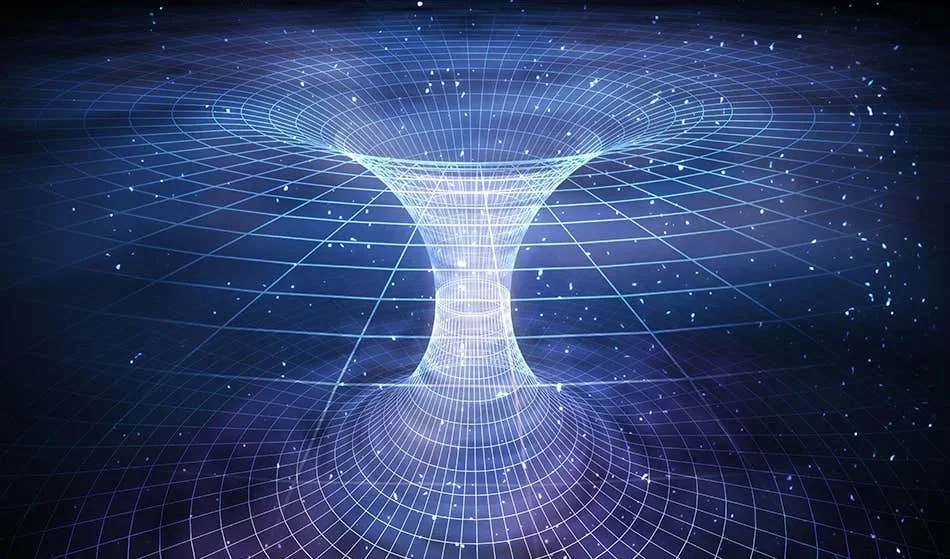
Evolving Dark Matter: A Potential Solution to the Hubble Tension?
The universe is full of mysteries, and one of the most perplexing is the Hubble tension. This discrepancy arises from differing measurements of the universe's expansion rate, with early observations suggesting a slower pace than more recent, local measurements. Now, a new idea is gaining traction: Could dark matter be evolving?
While the concept of evolving dark energy has been explored, evolving dark matter hasn't received as much attention. Why? Because existing observations of dark matter are quite robust, primarily pointing to a substance that interacts very weakly with light. The major gap is the lack of direct observation of dark matter particles.

A recent study suggests that evolving dark matter might be a better fit for observational data than evolving dark energy. The researchers propose that an exotic form of dark matter with a changeable equation of state (EOS) could explain the Hubble tension. Interestingly, this EOS would need to oscillate over time, a concept not entirely outlandish. Neutrinos, for example, are a form of hot dark matter and undergo mass oscillation.
Perhaps cold dark matter particles exhibit a similar oscillatory effect? The study indicates the best fit involves a universe with approximately 15% oscillatory cold dark matter and 85% standard dark matter. This combination could potentially resolve the Hubble tension while maintaining consistency with existing observations.
It's important to note that the research presents a "toy model," a broad concept that doesn't fully constrain dark matter particles. However, it does open the door to a wider range of dark matter models. With increased accuracy of space experiments and observations, astronomers should deduce the universe expansion rate in more detail, as well as to measure other observable manifestations of dark energy.
The mystery surrounding dark energy continues to intrigue scientists, which is estimated to make up about 68% of the universe’s total energy. It's not just the numbers that baffle experts. It’s the fact that such a dominating force leaves behind no clear signature.

One leading idea tries to capture this force through a simple concept: the cosmological constant, denoted by the Greek letter Λ. It’s a term added to Einstein’s equations that represents a steady energy density filling space. While this model works on paper, it leads to a stunning mismatch when theory meets measurement.
In an attempt to resolve these issues, scientists are also looking into quantum gravity—the theoretical framework that seeks to unify general relativity with quantum mechanics. Quantum gravity presents new, complex ideas about how the universe behaves on a fundamental level, and some researchers believe it could hold the key to understanding dark energy.
Recently, a bold new candidate for dark energy has been proposed: subatomic-size wormholes. These tiny tunnels, linking separate points in space, could be responsible for the universe's expansion. It should be stressed that this work presents a toy model.
Could evolving dark matter indeed be the key to solving the Hubble tension and unlocking deeper secrets of the universe? Only further research and observation will tell.
What are your thoughts on the evolving dark matter theory? Share your insights in the comments below!